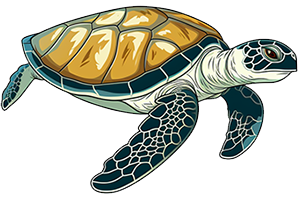
Students learn how the “mark and recapture” technique can be used to estimate population sizes. The NetLogo simulation allows the user to change the size of the pond, the population size (small, medium, large) and the size of the net used to capture samples of tadpoles. Students can mark as many as they want, but the student worksheet asks them to just mark 10 and then release. Students use the equation to then estimate the size of the tadpoles in their pond. By expanding the tab about the model, students can learn how many tadpoles are in the pond, though I usually just post the answer on the board so that they can compare their estimate from the equation to the actual population size.

Students do two simulations where they compare the accuracy of the estimate to variables they control, like the number of samples taken or how many initial tadpoles were tagged. A final application question shows students a map of Illinois and regions where rabbits live. Students must present a plan for estimating the number of rabbits in each zone.
Another investigation uses the same equation and asks students to estimate a population that is created using toys, beans, beads, or other small objects. In that lab, students must physically mark and capture the “organisms” to estimate the populations.
HS-LS2-1 Use mathematical and/or computational representations to support explanations of factors that affect carrying capacity of ecosystems at different scales.
CCC3: Scale, proportion, and quantity. In considering phenomena, it is critical to recognize what is relevant at different measures of size, time, and energy and to recognize how changes in scale, proportion, or quantity affect a system’s structure or performance.

